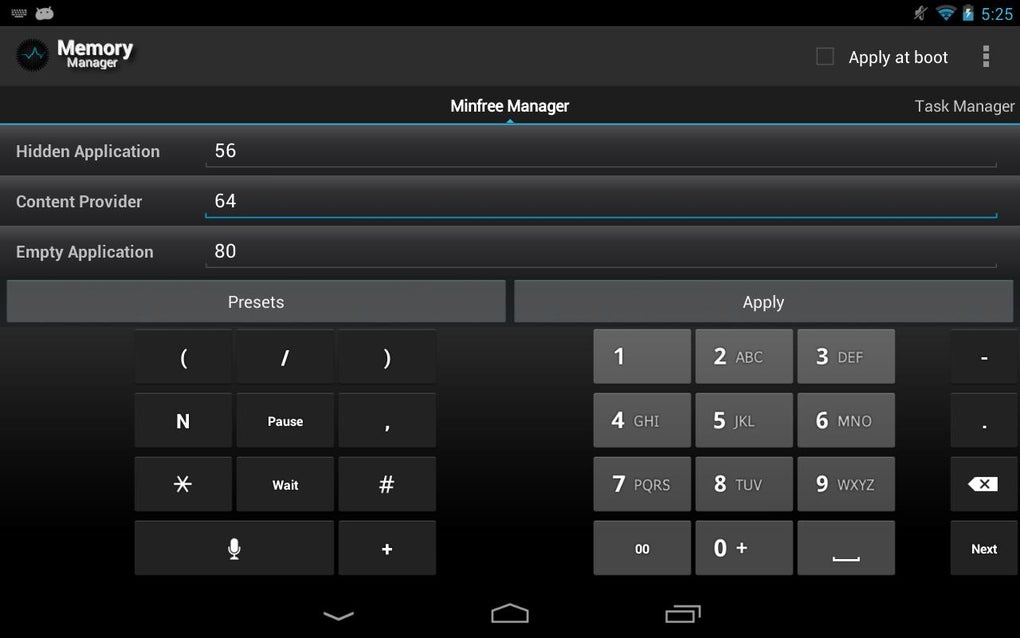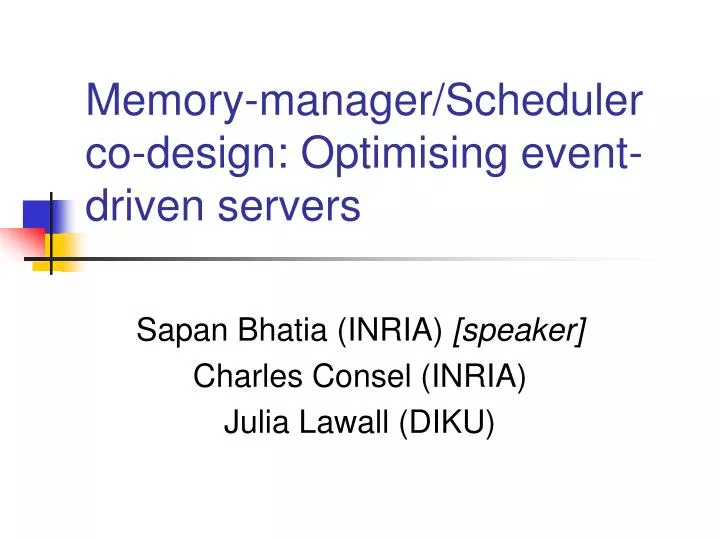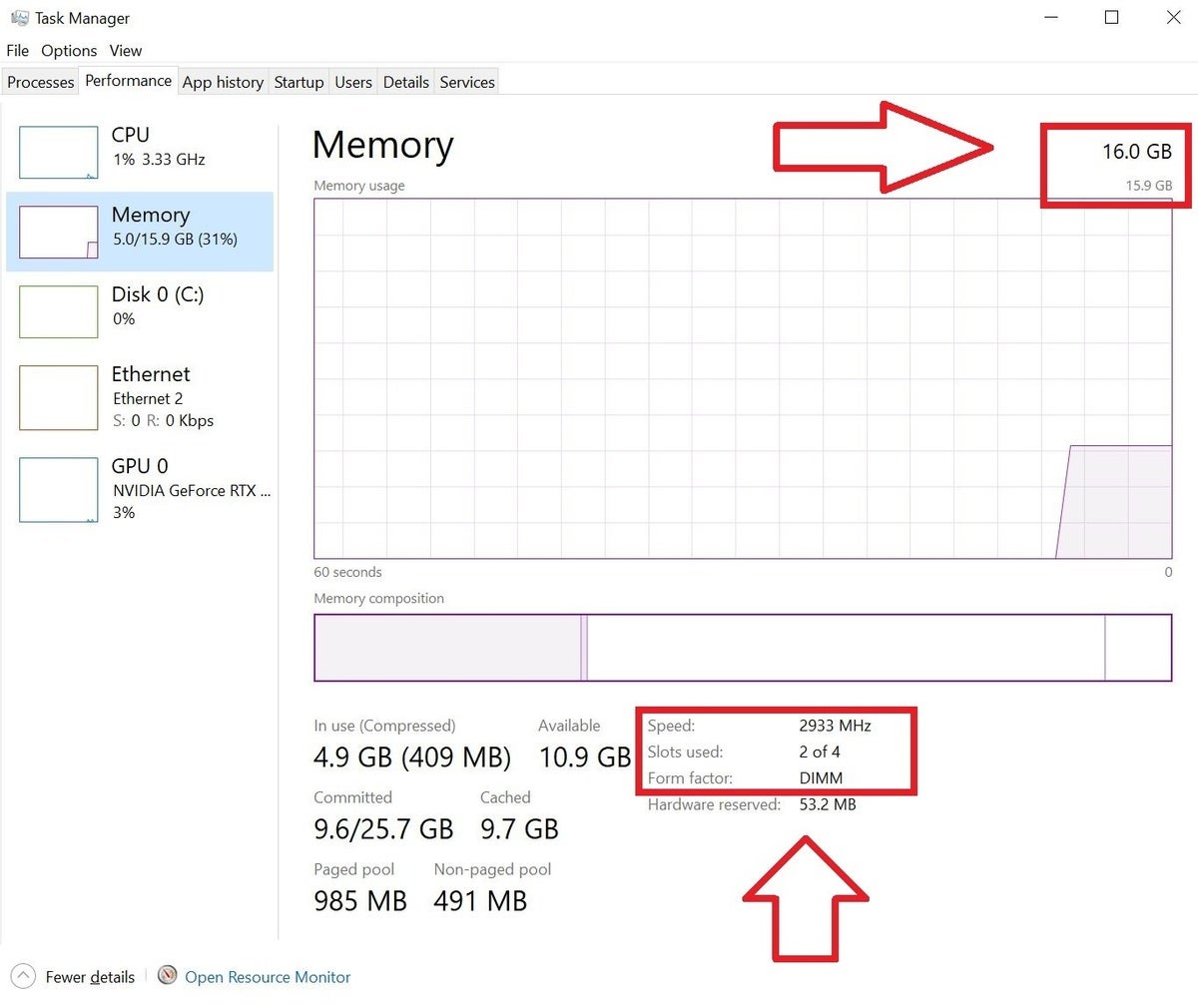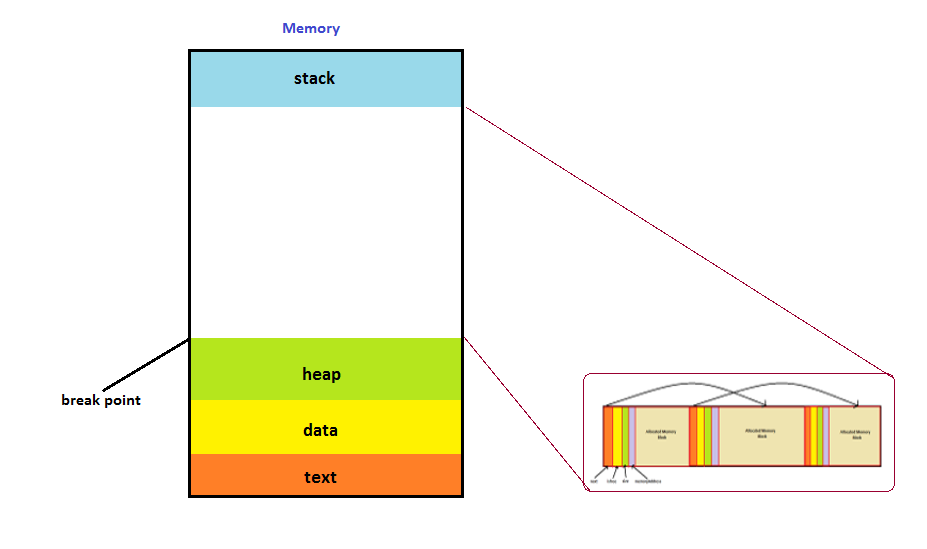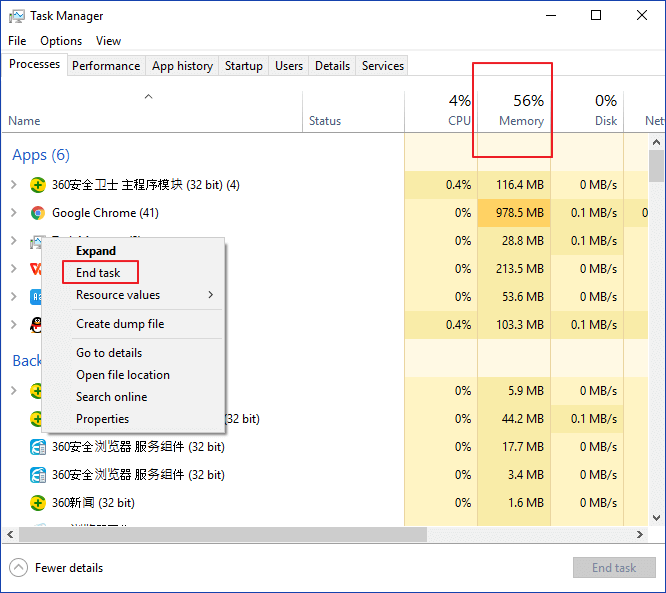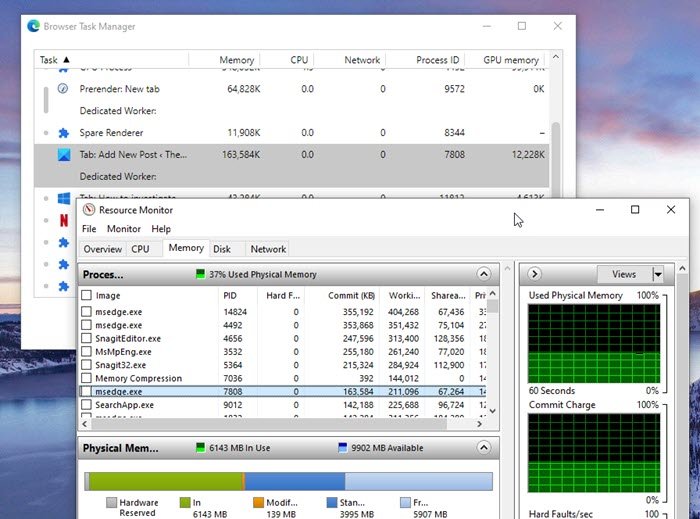Spectacular Tips About How To Write A Memory Manager
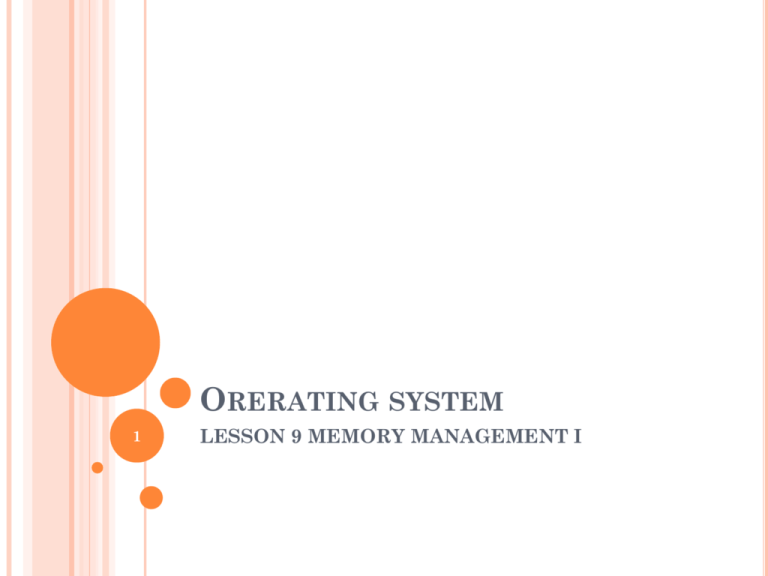
The choice of a specific memory mapping strategy or memory management scheme can direct impact, for example, the performance of processing units (that can.
How to write a memory manager. About this tutorial. Writing a memory manager this page or section is a work in progress and may thus be incomplete. Game engines are often written in c++ and c).
This tutorial takes a basic approach to building a memory manager for any application. By taking this course you will learn how to write better c++ code. It enables programmers to have more control over the memory resources, and optimise system performance (e.g.
Code which is not just easier to read, but also faster to write, faster to debug and faster to run! Memory management, or memory allocation, is the process by which computer programs are assigned to physical or virtual memory space. C++’s built in malloc() and new are great tools for getting a hold of raw memory, but they don’t leave any room for customization or optimization based on how.
Request a big block of memory from the os keep a. One way is to have a memory pool declared in data segment and have your own memory allocation function. I'd like to write my own memory manager.
Its content may be changed in the near future. Memory management is a method in the operating system to. Introduction memory management is a vital and complex operating system task.
This guide attempts to explain any terms it uses as it introduces. A programming language may provide one of two approaches to memory management: The target language is c++ and the goal of the memory manager is mainly to help debugging.
It explains why a memory manager is needed and. The memory manager allows us to abstract away the physical details of the memory subsystem and deal instead with a nice, logical model of memory. The task of subdividing the memory among different processes is called memory management.
It should detect double frees, memory overwrite and so on. If you want to write your own heap manager as a learning exercise, here are the basic things it needs to do: It enables running multiple processes simultaneously without interruptions.
First, we design the data structure that we will use to manage dynamic memory, as well as the allocation and deallocation algorithm.
